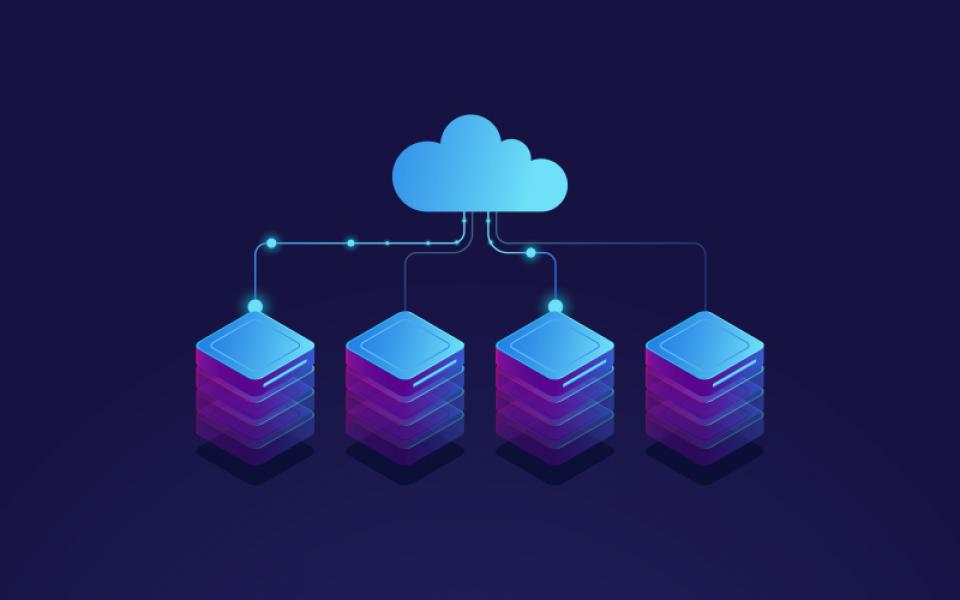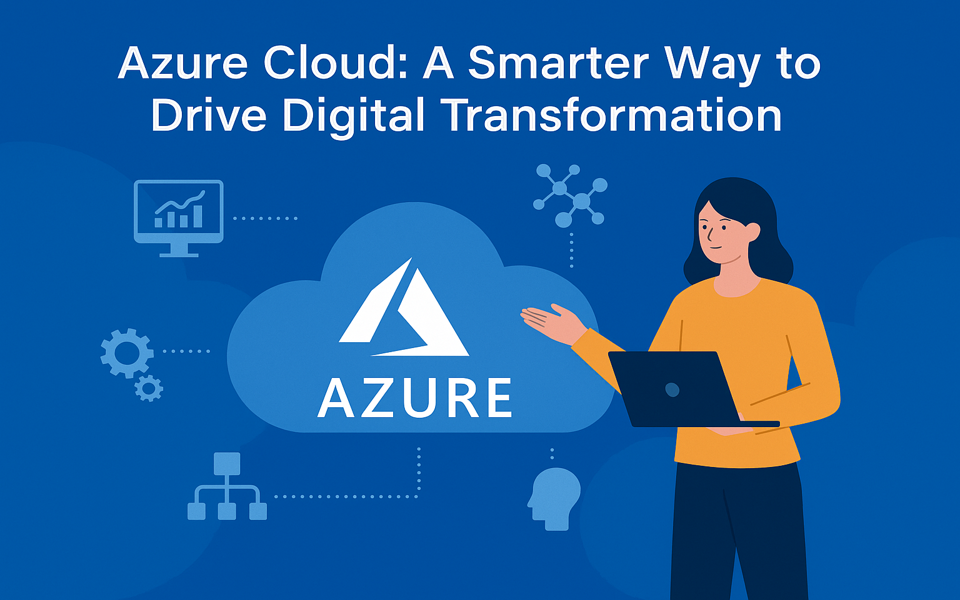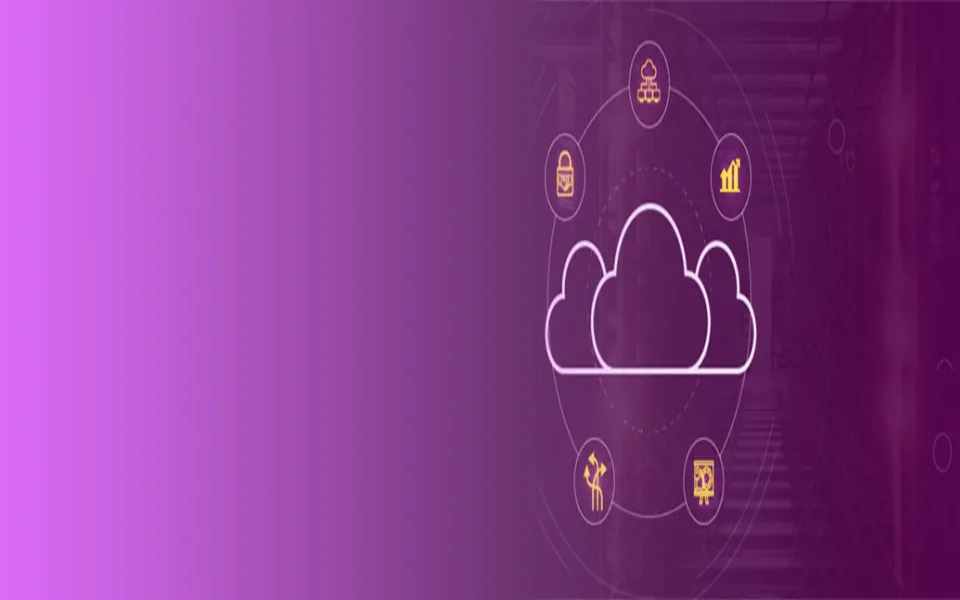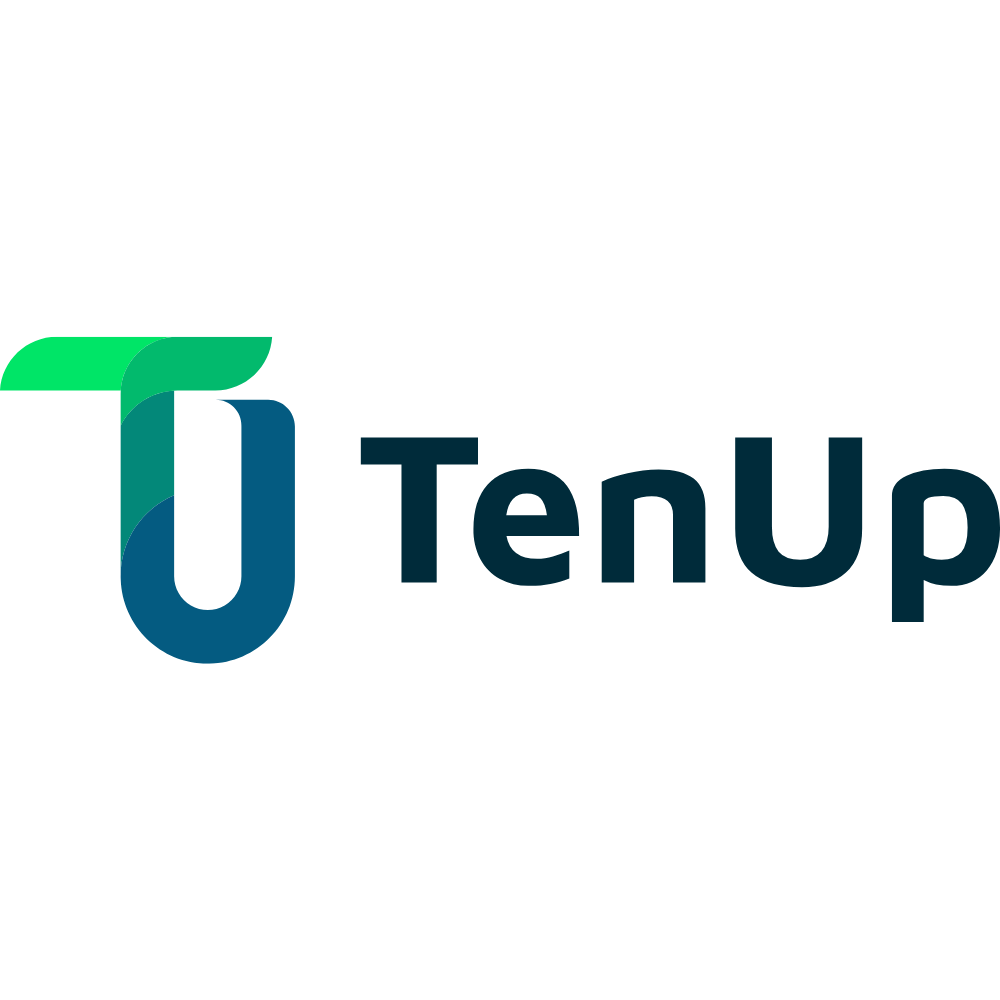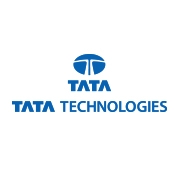Considering how things have changed in the recent past, the powerful impact of Cloud-Managed services has made organizations realize and transform how they function and deploy their services. With the increasing number of connected devices, managing your network traditionally will be resource-intensive and costly. Organizations who have realized this are now moving their networking infrastructure to the cloud service to achieve the scale over expansive resources and keep pace with the changing needs of an ever-evolving workforce.
According to the Fortune Business Insights, Cloud-Managed Network market is expected to reach $14.61 billion by 2027.
So, let us understand why there is some much buzz around this service and how it could benefit your organization in this increasingly digital business landscape?
Cloud-Managed Network helps in handling network remotely. It eliminates on-prem hardware, rack space, and cooling requirements. It is easier to run and saves costs. There are many analytics services and health information available which can proactively determine any issues and helps in making it more efficient. Automation can be deployed in areas of common configuration and other parameters. The hardware and software are generally the latest in Cloud-Managed Networks and provide high performance, flexibility, control, and reliance to improve your business efficiency and productivity. It will drive agility, increase scale, and faster delivery of services.
Benefits you can realize by switching to a Cloud-based Network:
Centralized Management:
All network devices high-level information is available in a dashboard. Any alerts or potential risks, including high CPU utilization, memory, throughput, or others, can be viewed on the dashboard. This helps in fixing any potential issues or outages. Granular details of devices can also be tracked by checking any specific device that shows hardware details, software version, bandwidth, port status, and more.
Choice of vendors:
Several vendors on the market offer solutions that customers can choose based on their criticality, price, and organizational requirements. Each vendor comes with unique features and services. Customers can also select licenses according to their needs and add/change them based on their infrastructure needs.
Easy to manage:
Due to the pandemic, remote assistance has increased significantly. Cloud-Managed Network, and Zero Touch Provisioning (ZTP) that has simplified deployment, IT engineers can now identify, troubleshoot, and fix problems from anywhere with automated anomaly detection and AI-based client profiling to ensure secure and faster access to end-users.
Maintenance is easy:
All upgrade bug fixes are developed, handled, and automatically delivered by the vendor. This makes maintenance much easier and eliminates the need for additional staff, reduces process complexity, and frees the IT staff to focus on other priorities. The hardware in the Cloud-Managed Network has better performance, and legacy devices are usually not used. So, there is no need for manually upgrading the hardware.
Availability:
Cloud-Managed Networks provide high uptime. E.g., 99.99% occupancy rate, 24*7 days a week.
This means that it has built-in redundancy. There also exists a Service-level Agreement (SLA)with the provider. This reduces the risk of business loss that can result from an outage. Infrastructure is geographically redundant. The nearest server will request each user access to the application. This reduces the number of hop counts and improves performance.
Reduced Infrastructure Cost:
Cloud-Managed Networks save the Total Cost of Ownership (TCO). It eliminates the need for a separate dedicated rack space on-prem, power, and cooling requirements. Additional costs of UPS, maintenance of personal space is eliminated. There is no need to buy separate network equipment’s which are expensive and require continuous upgrades/refresh over a period.
Scalable:
The Cloud-Management Network is scalable and can be configured as needed, including adding new branches for increased security. Changes such as monitoring, and notifications can be tailored to your business needs. Systems can be improved by applying automation solutions wherever necessary and possible. It can also reduce the load on the subscriber since service provider owns the responsibility for making any necessary changes.
How Cloud-Managed Networks Works
Cloud-Managed Networks operate on a Network-as-a-Service (NaaS) model. The real hardware involved are routers, switches, and wireless access points provided and managed by OEM. The major components of Network on Cloud include the following:
Dashboard
The dashboard presents all vital information on a single page, including updates/alerts and overall health/status. Administrators can act according to the information available on this page. One can go to the details for every Configuration Item (CI) and view the next step in the toolbar. Dashboard views can be customized based on available options and user profiles.
Management Plane
Management Plane represent management activities, not data. This includes management data such as keep-alive and automatic checks of the backend. It is also responsible for monitoring the CIs in your environment.
Installed Devices
This is the inventory which the subscriber takes from the service provider for the licenses purchased.
Firewall
This is a default built-in security feature like inbound and outbound access lists and configured rules (if any).
User Accounts with RBAC (Role-Based Access Control)
This field can typically be viewed and edited by users with higher privileges, such as administrators. A list of configured users who can access the dashboard or one or more of its components is displayed. Users can only see options based on their roles.
User Data
This field can typically be viewed and edited by users with higher privileges, such as administrators. A list of configured users who can access the dashboard or one or more of its components is displayed. Users can only see options based on their roles.
Inbuilt tools for monitoring and reporting
It mainly refers to vendor tools that can help you optimize your cloud network, monitor trends, and allocate/deallocate resources according to actual needs.
Underlying Infrastructure like containers, Virtual Machines, VNICs and more
Virtual machines (VM), containers, and virtual network interface cards (VNICs) are the building blocks of the cloud and help provide resources, software, storage, and connectivity. Without these components, the cloud cannot function.

Conclusion
A Cloud-based Management Network helps businesses significantly reduce overhead costs and management. Centralized management capabilities allow you to manage your network anytime, anywhere. However, selecting the right Original Equipment Manufacturer (OEM) or cloud provider will purely depend on your organization’s business needs and other factors such as criticality, uptime, cost, and others. The information/configuration lies in the cloud, so it can exist anywhere unless specific geographic requirements are specified in your contract with your service provider.
As such, the cloud has a bright future that cloud-based management networks can leverage and improvise.
About the author:

Debabrata Goswami is an IT-professional with 15+ years of experience in enterprise networks and security. He is a senior-level consultant with expertise in network assessment, design, build & deployment, service migrations, and L1 to L7 network infrastructure services configuration. At Happiest Minds, he is responsible for client & team Interaction, technical ownership, team handling, and vendor engagements related to network and security assignments. Debabrata has core networking skills in: BGP, EIGRP & OSPF, policy-based routing, quality of service, ACL, route-maps, VTP, STP, VPNs & VRFs, IP SLA, IPSEC VPN, ether channel, GRE tunnels, route-redistribution, NAT, SNMP, IOS upgrade, Nexus vPC, FEX, Tacacs, cloud networking, and has a rich experience in firewalls deployment, security enforcement rules configuration, SSL VPN.
Originally Published on Happiest Minds Technologies Blog Site. For more such blogs follow the link https://www.happiestminds.com/blogs/




